In previous postings, we had alluded to having a bucket list of items we wanted to accomplish. One of them was to visit Alcatraz Island. This 22 acre high security prison is 1.5 miles from San Francisco itself. Originally designated a military reservation by President Millard Fillmore in 1850, it served as a high security federal prison from 1934 until 1963. The Spanish first documented the existence of the island in 1775, calling it "La isla de los Alcatraces" meaning island of Pelicans because of the large number of these birds nesting there.
www.alcatraz.gov
The Alcatraz Ferry cruise,which leaves from Pier 33 on Fisherman's Wharf, to the island takes about ten minutes. Tickets for the ferry can be purchased from a number of venders along the Wharf, but they tack on a processing fee. The cheapest tickets can be purchased right at the ferry office. Upon landing on Alcatraz, the National Park Service presents a mandatory five minute orientation to the island, making sure that everyone is aware that the last ferry leaves at 6:30 pm. It is a fairly steep climb up the main road to the cell block building, although there is a shuttle available for those who need assistance up the hill. The NPS provides a free audio tour of the prison as part of the experience. You will need to plan to spend at least three hours in order to see everything that is open to the public (some areas are closed because of deterioration issues or because it is undergoing restoration). It was fascinating walking through the cell block building and listening to the commentary from former guards and inmates. Imagine being an inmate here and seeing the mainland so temptingly close yet so far away. Thirty-six inmates made escape attempts but only five are listed as being missing and presumed drowned. Three of those five, Frank Morris, and brothers John and Clarence Anglin, according to some sources, are believed to having successfully made it to Brazil. One documentary presented a photo showing what facial recognition software believes were the two Anglin brothers in Brazil.
All-in-all, this was a good day, even though we spent it in jail. Whether it was a presidential pardon, or our own good behavior while here on "The Rock", we were able to leave on our own, without shackles, and no U.S. Marshals chasing us. We managed to escape across the trecherous currents of San Francisco Bay and returned to the solid ground of the mainland.
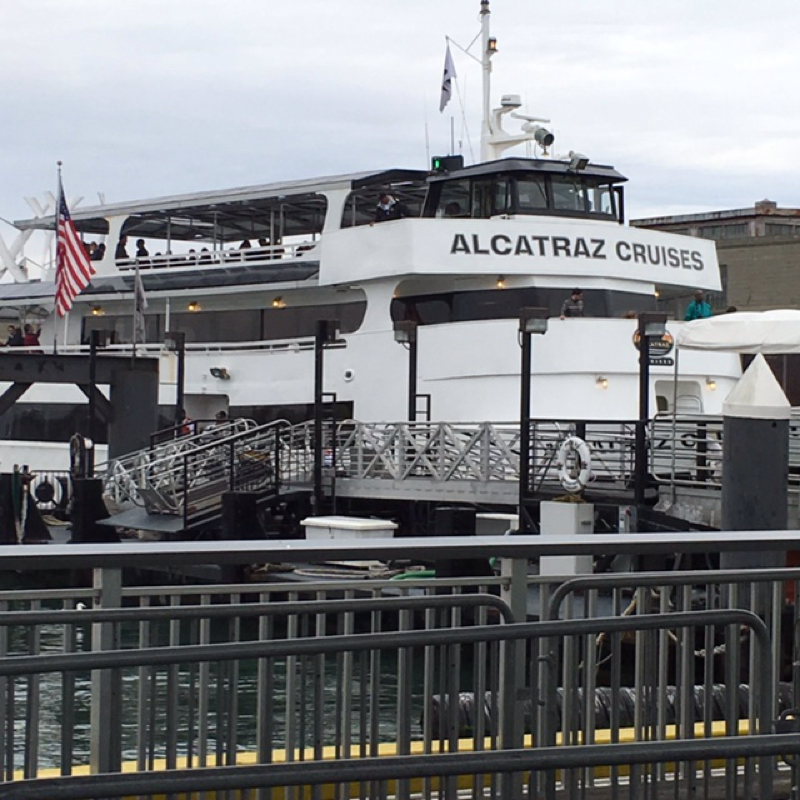
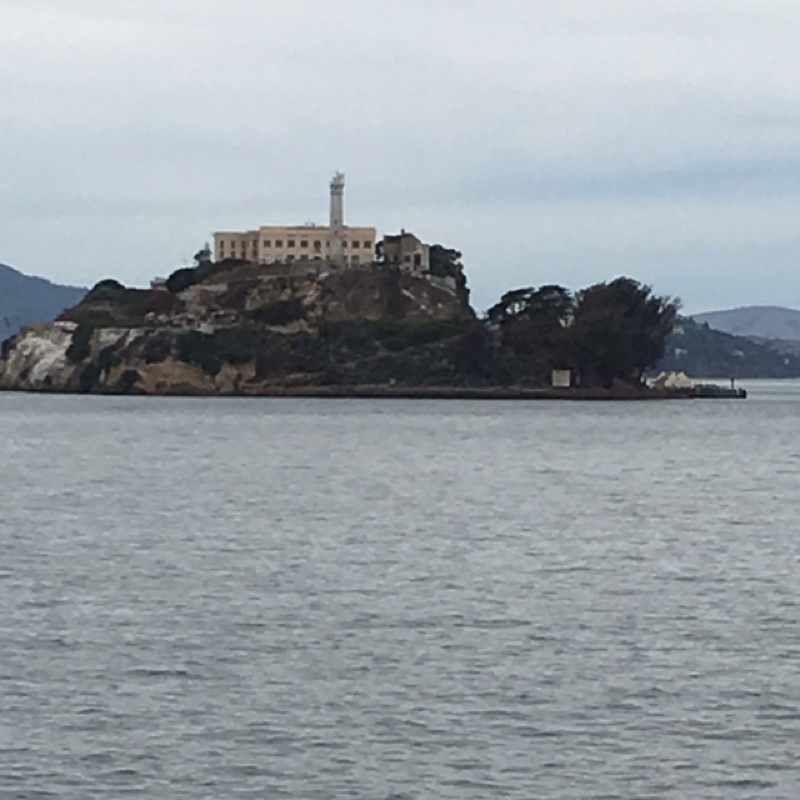
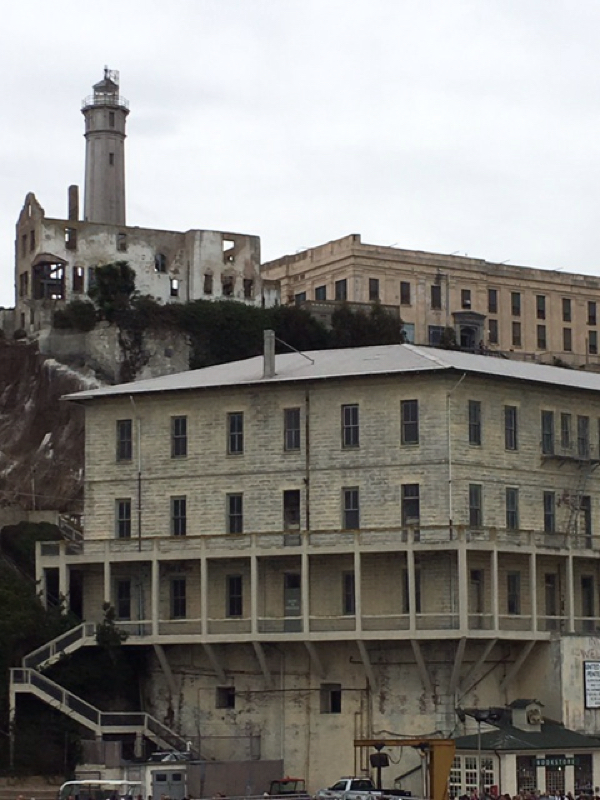
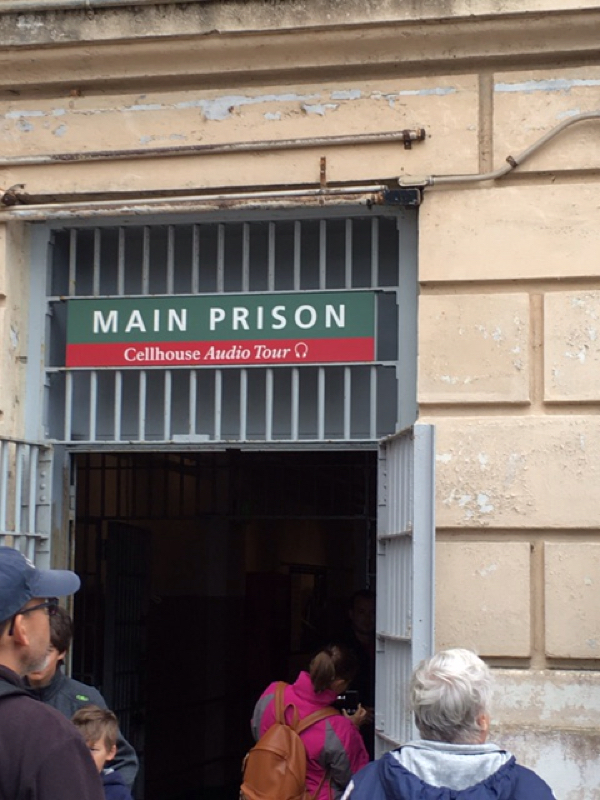
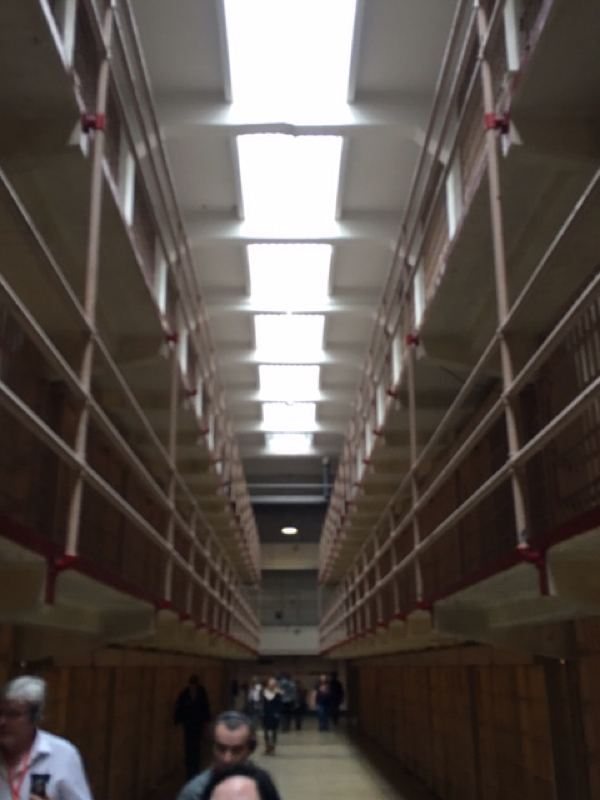
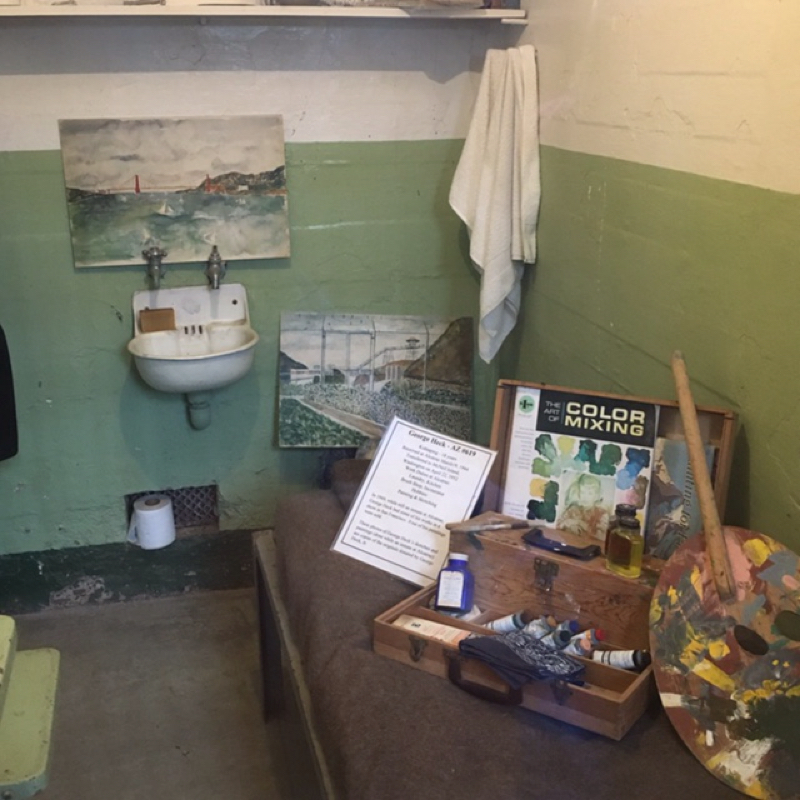
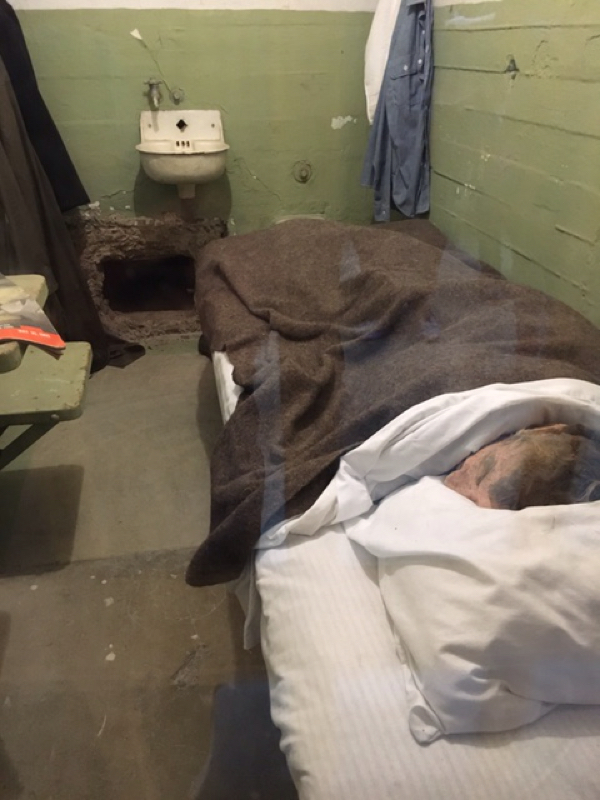
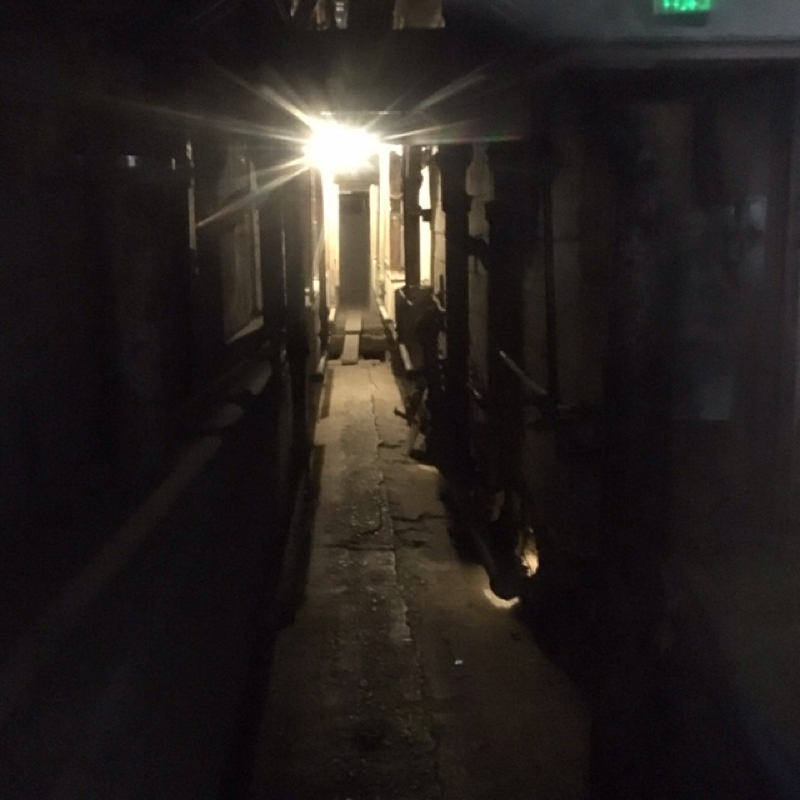
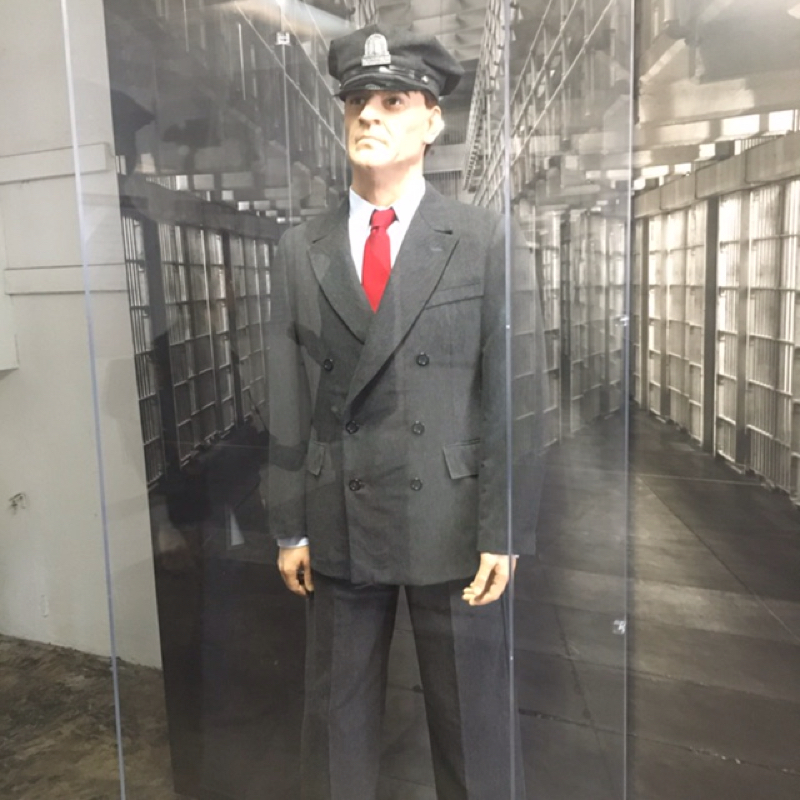
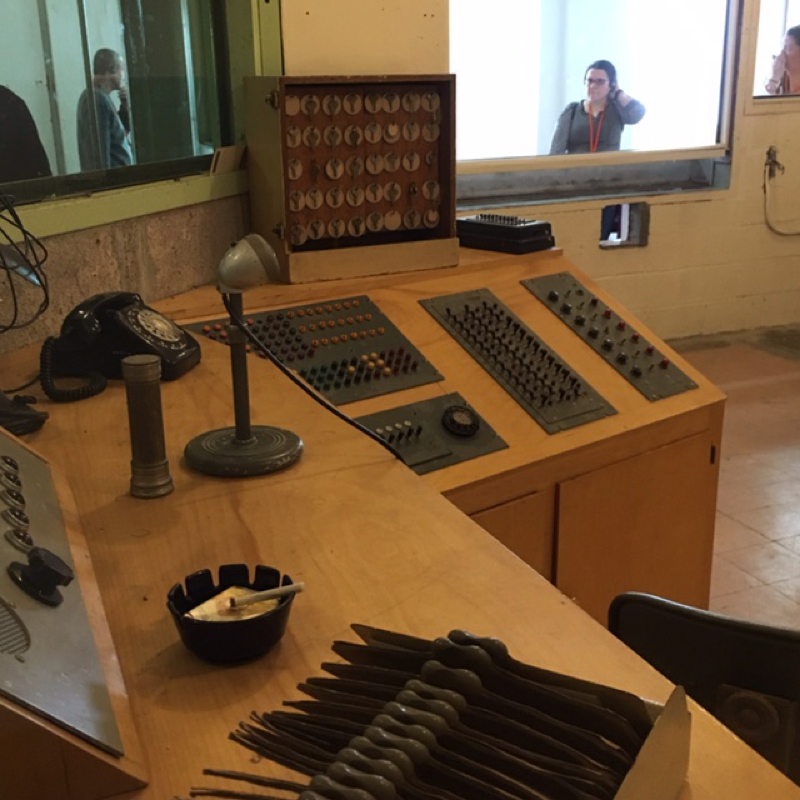
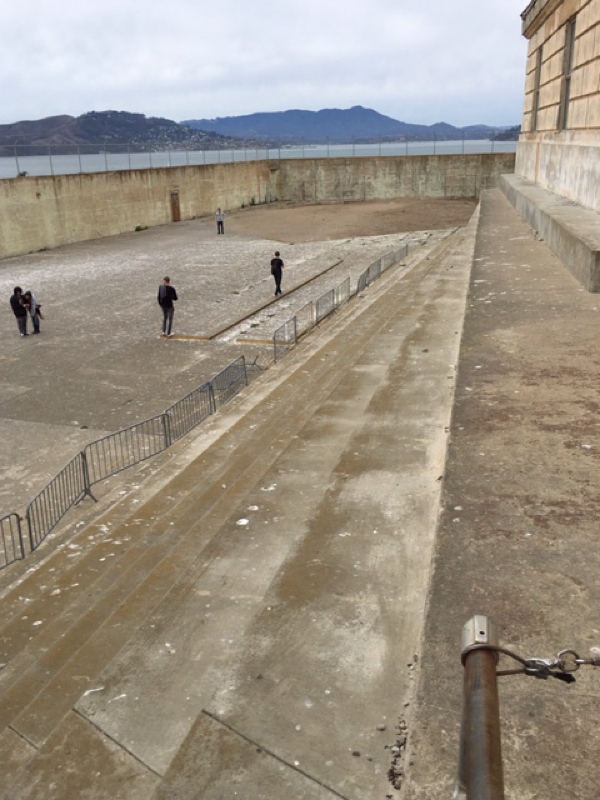
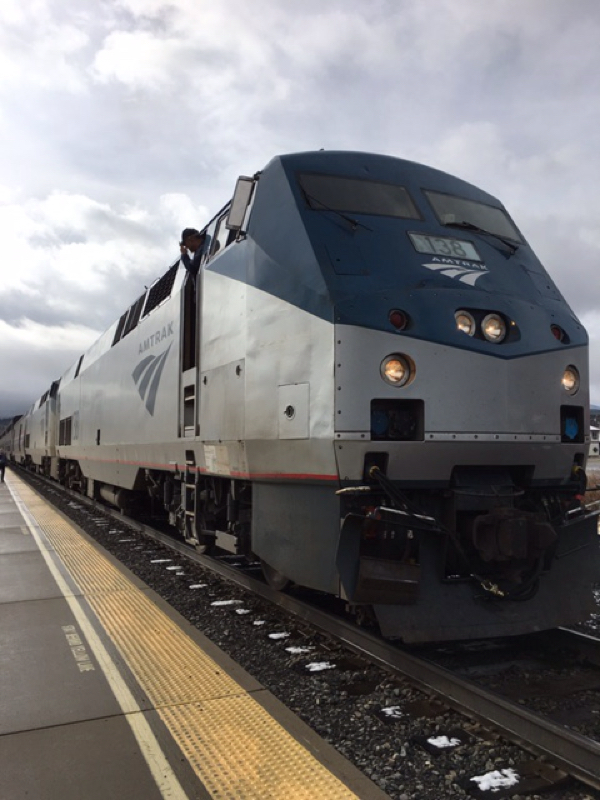
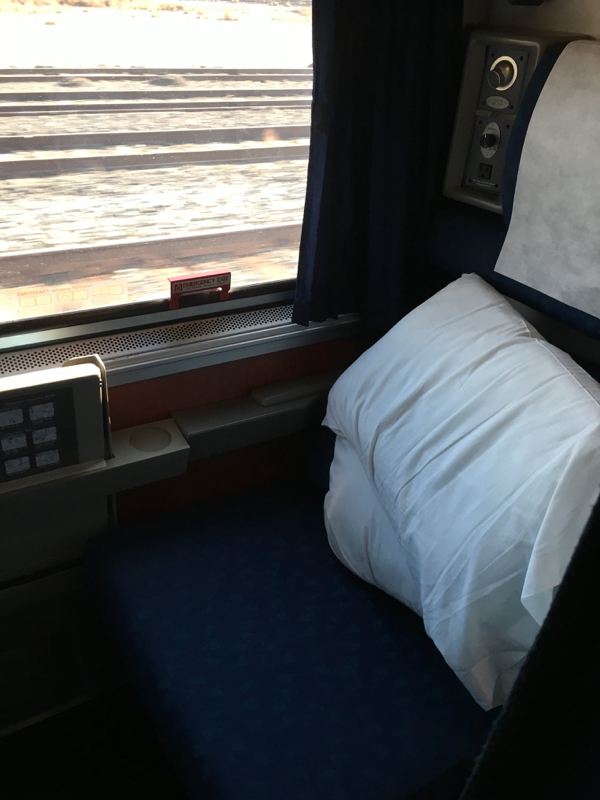
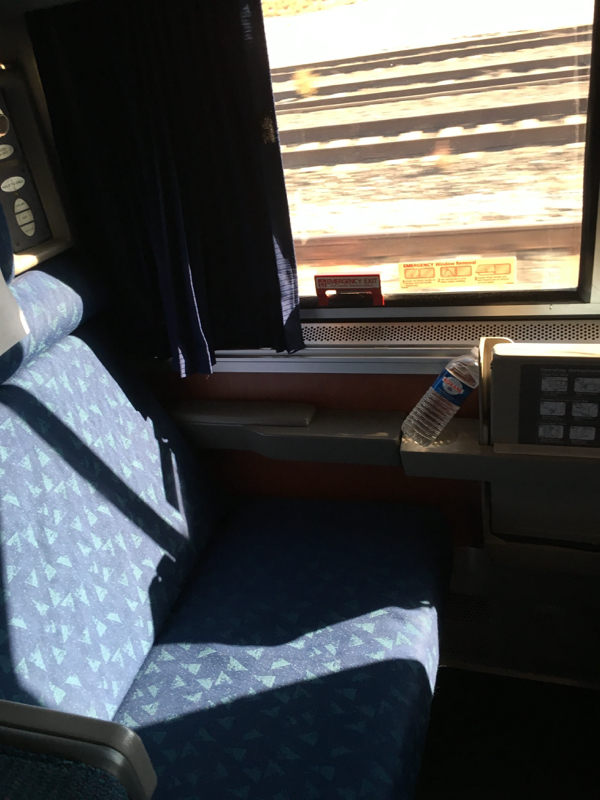
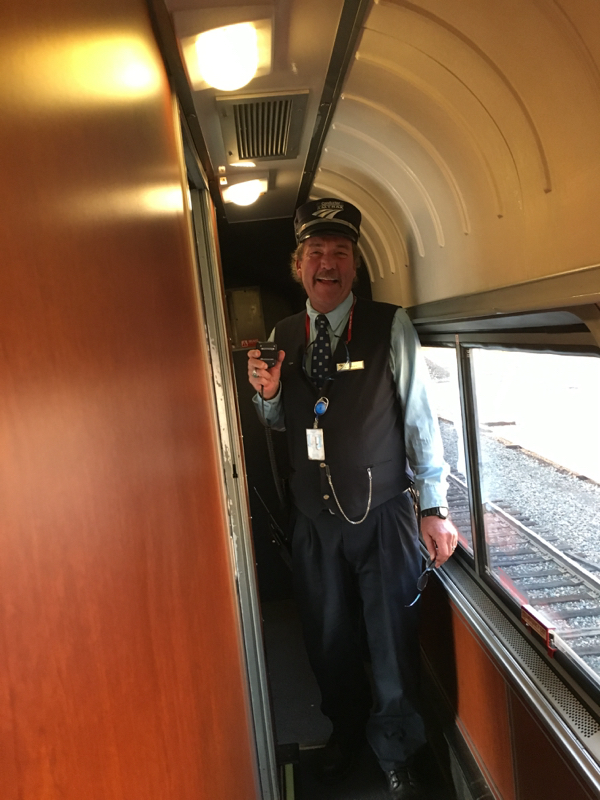
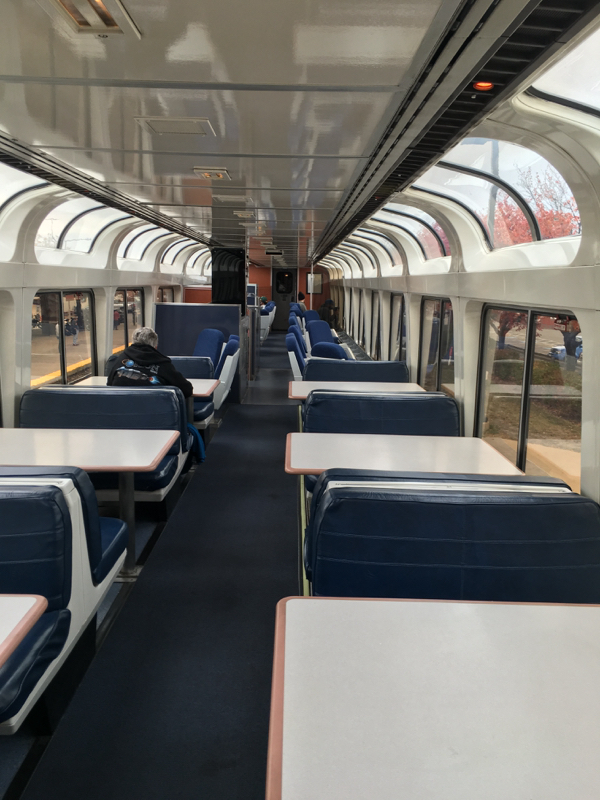
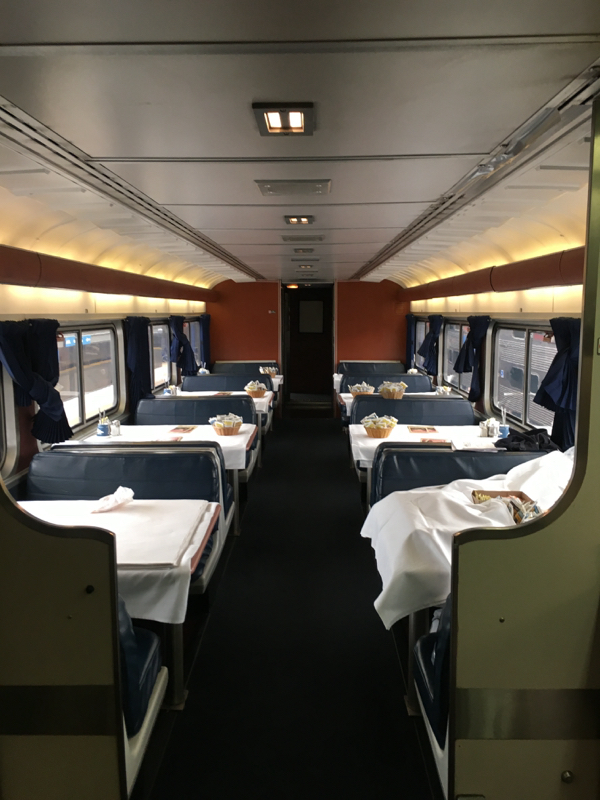
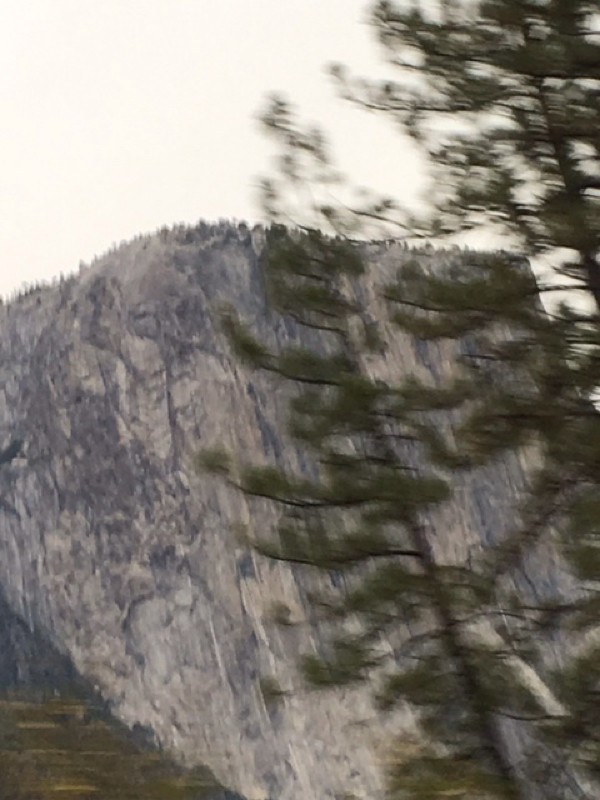
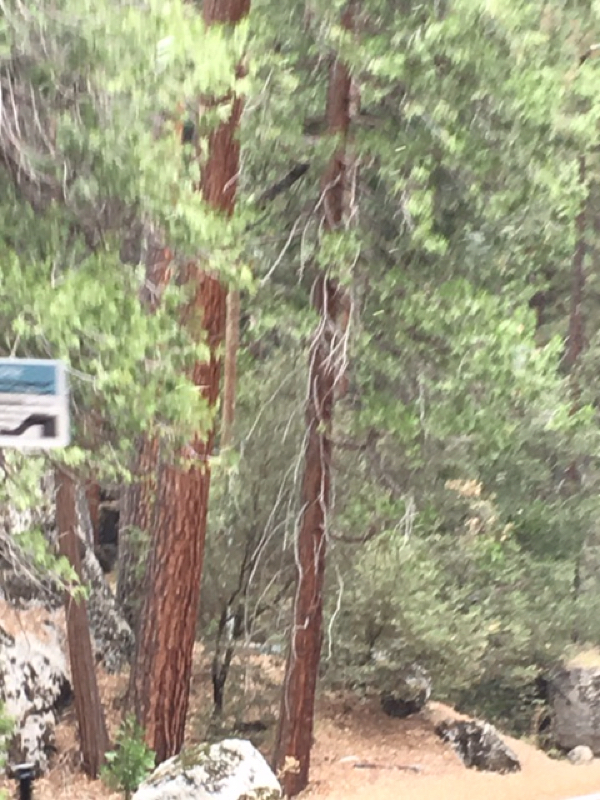
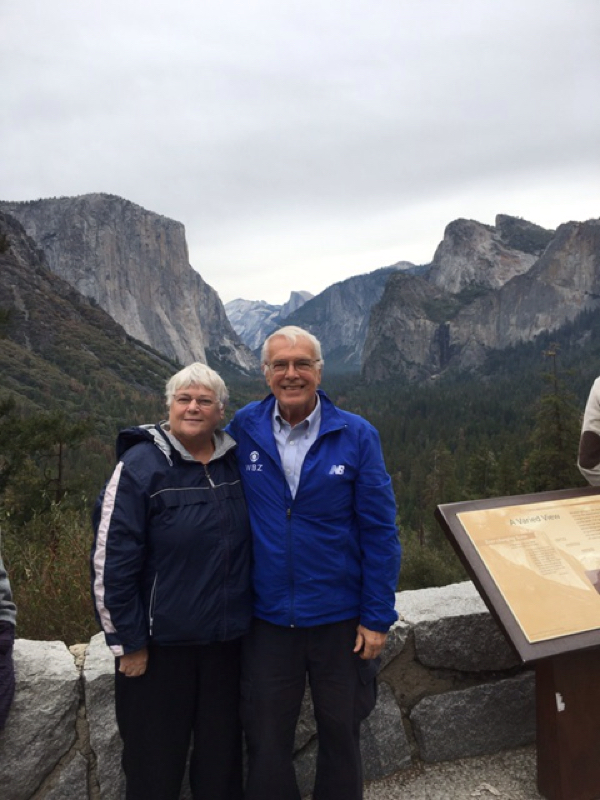
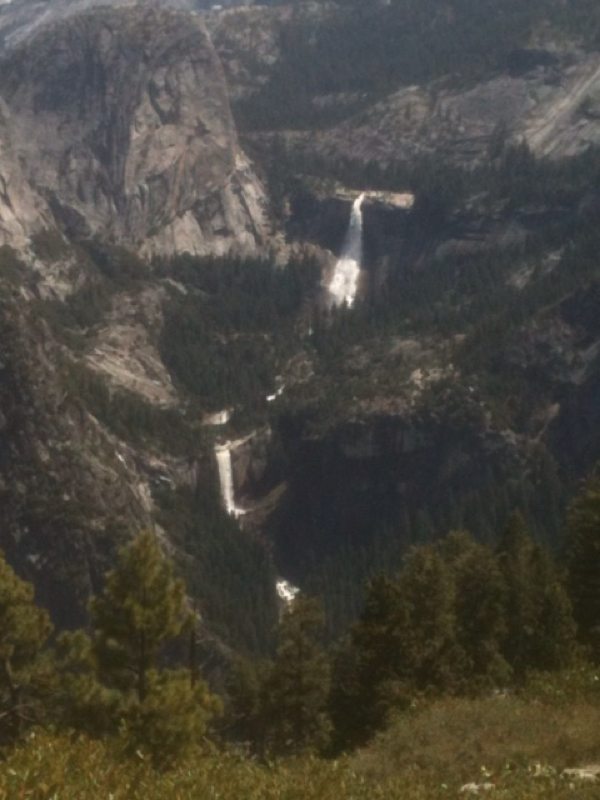
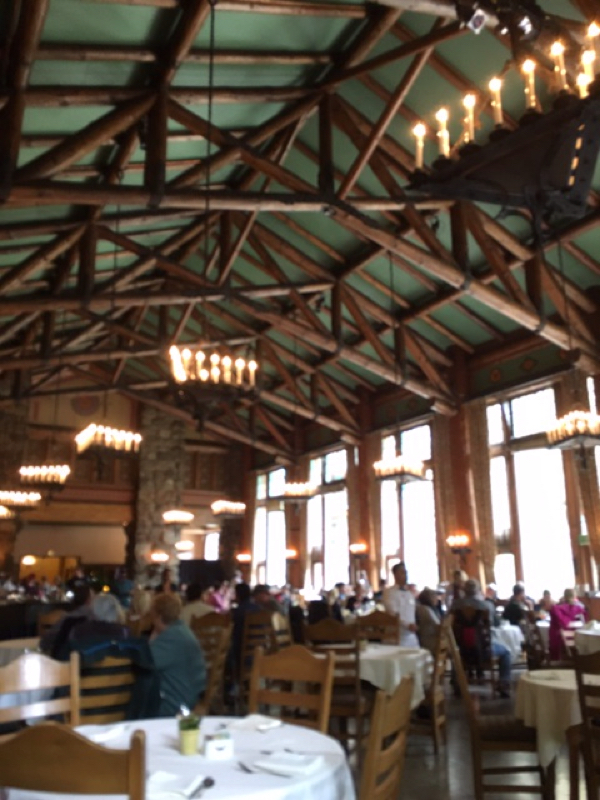
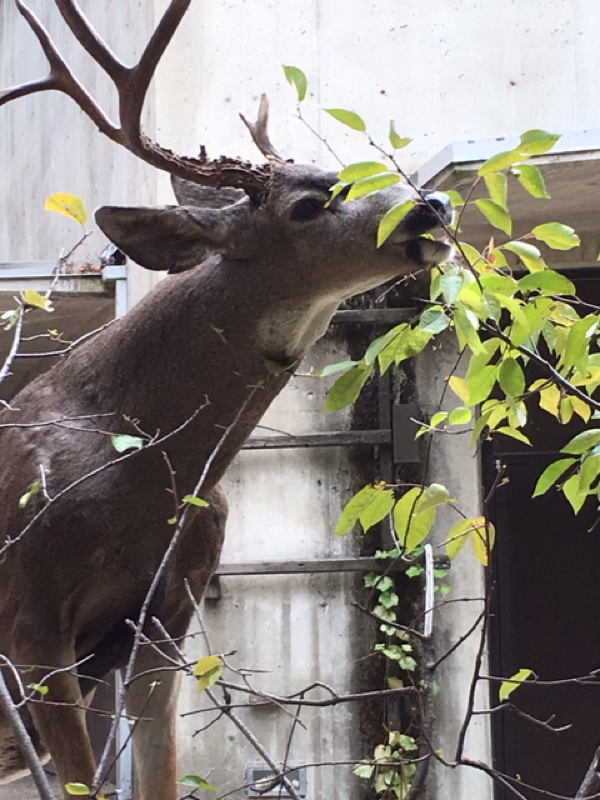
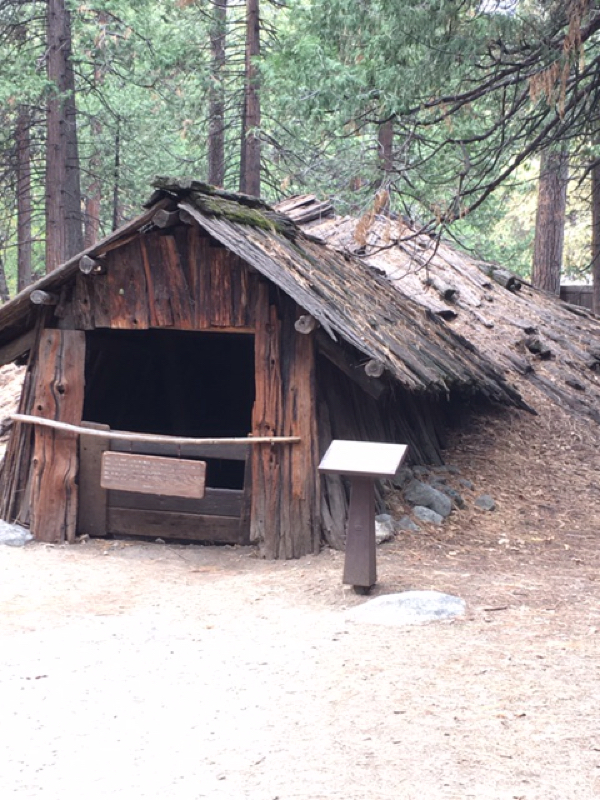
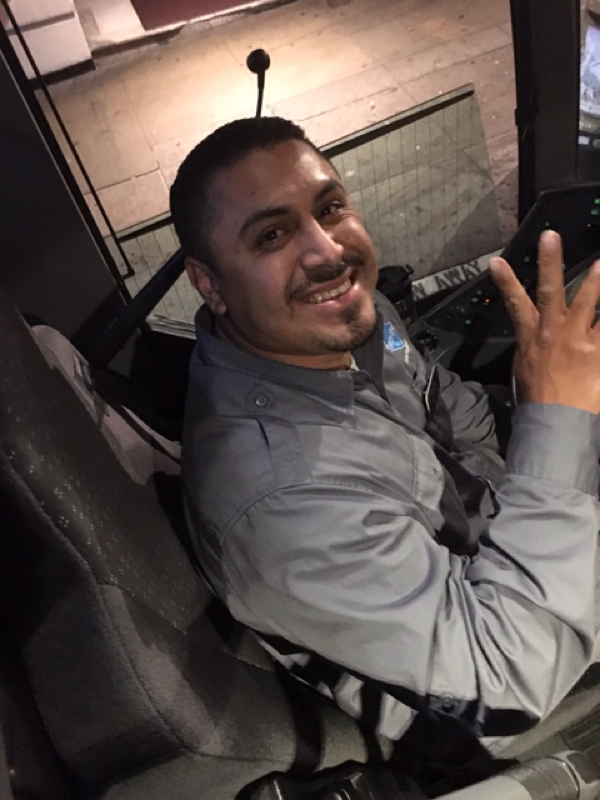
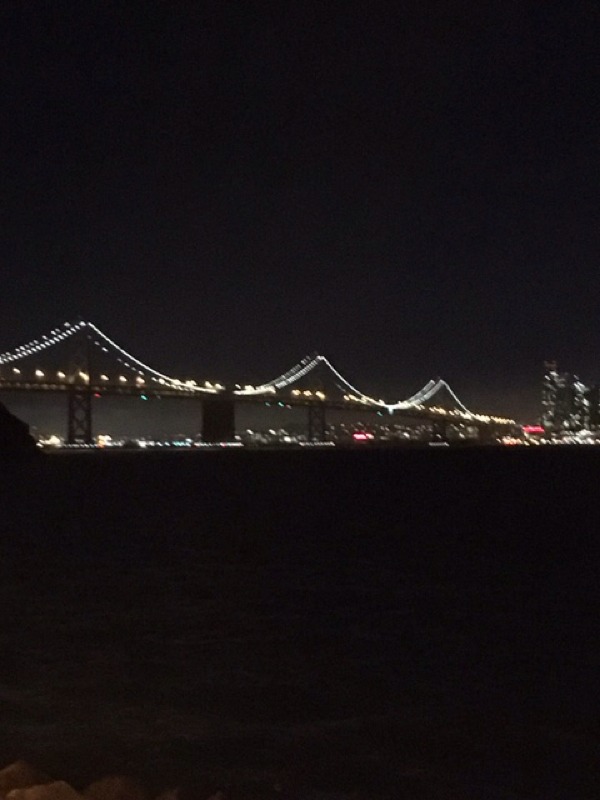
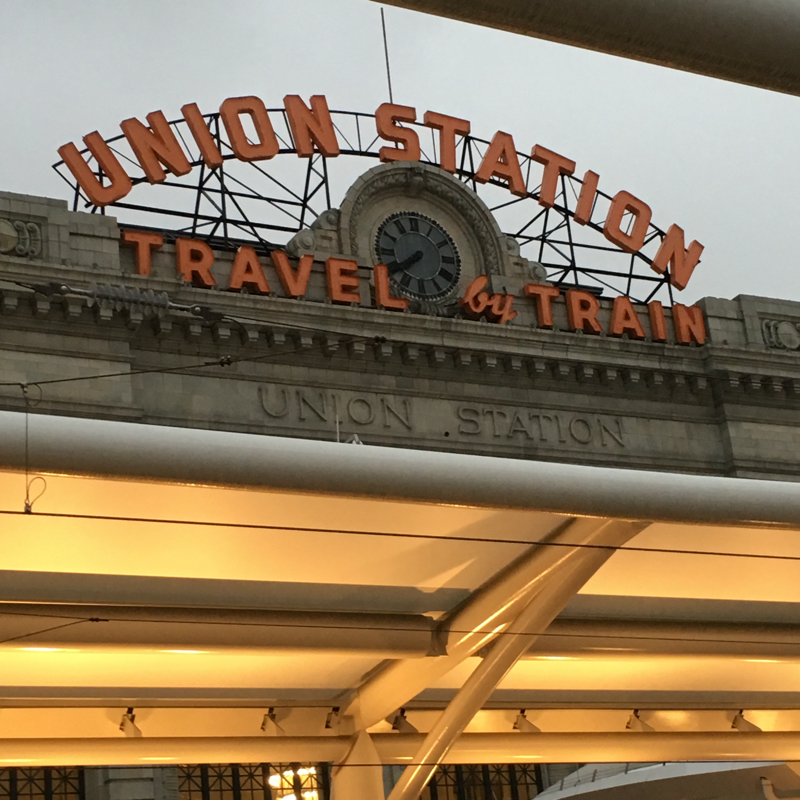
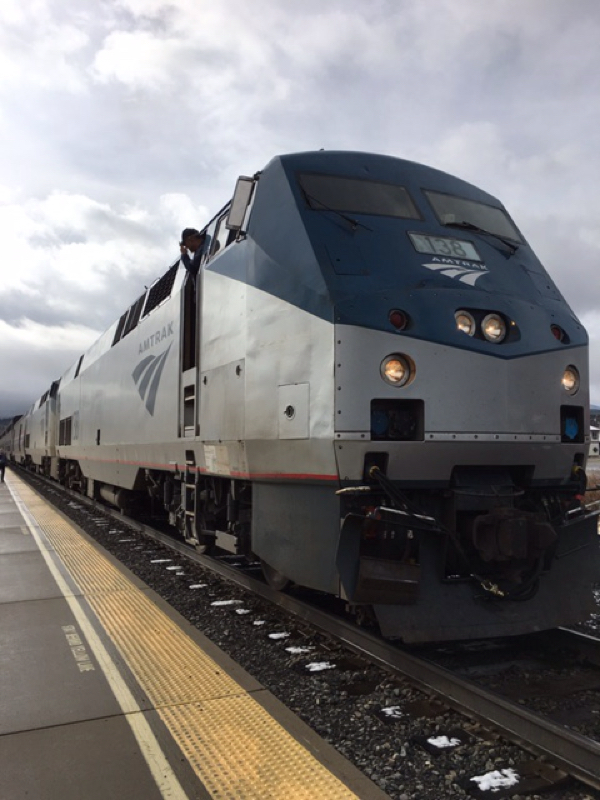
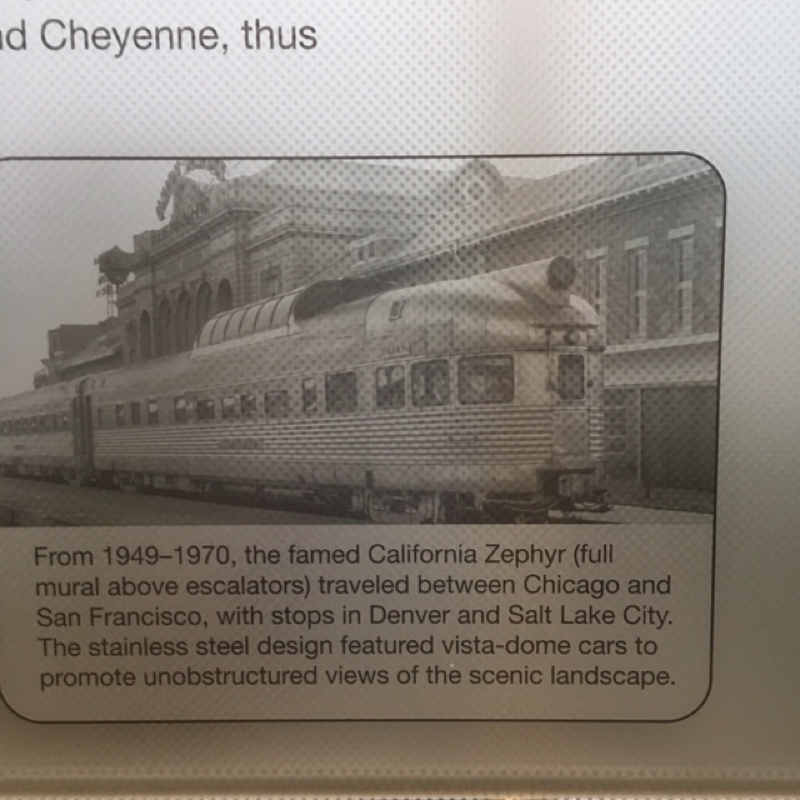
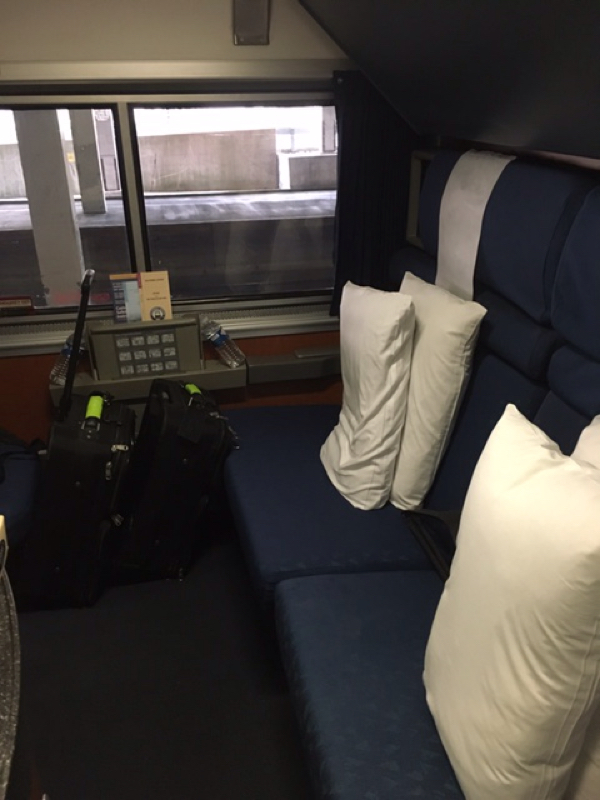
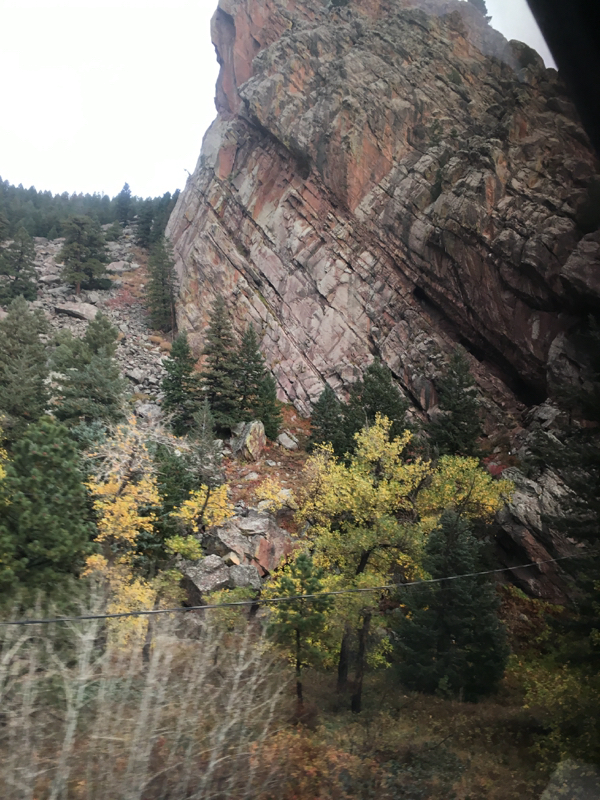
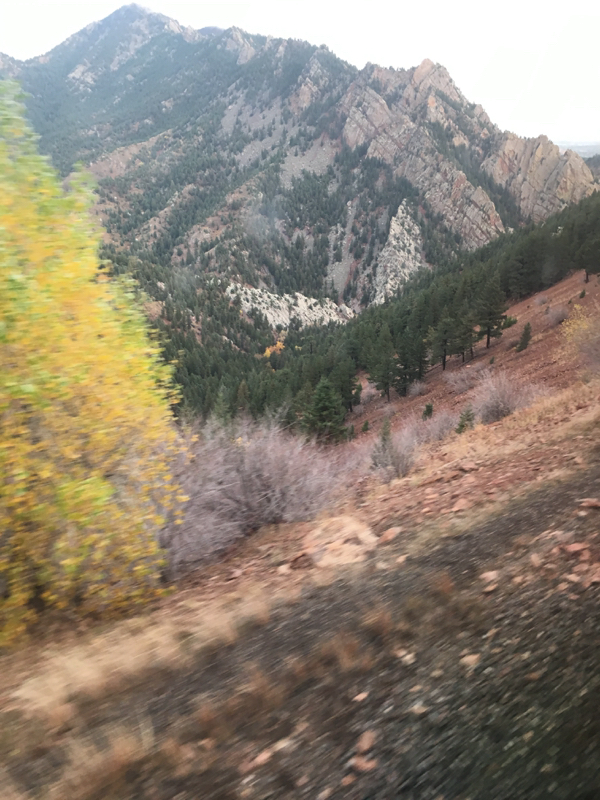
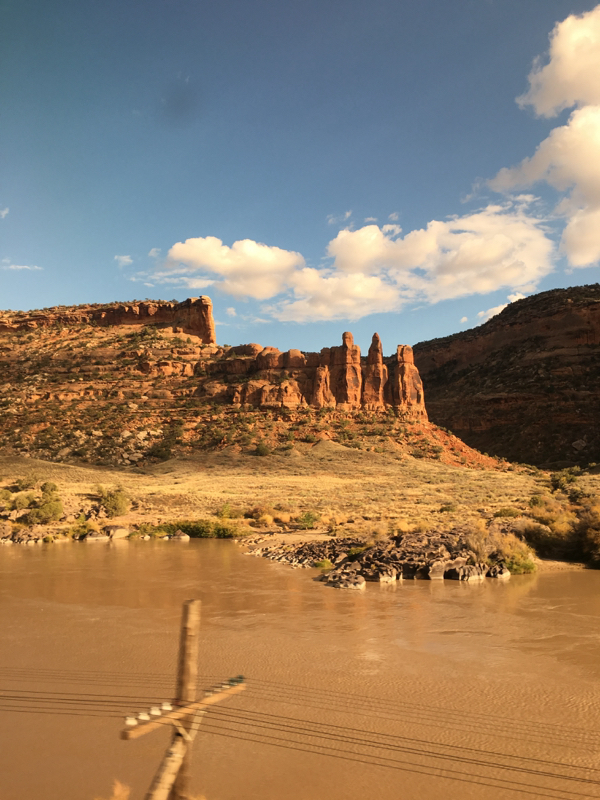
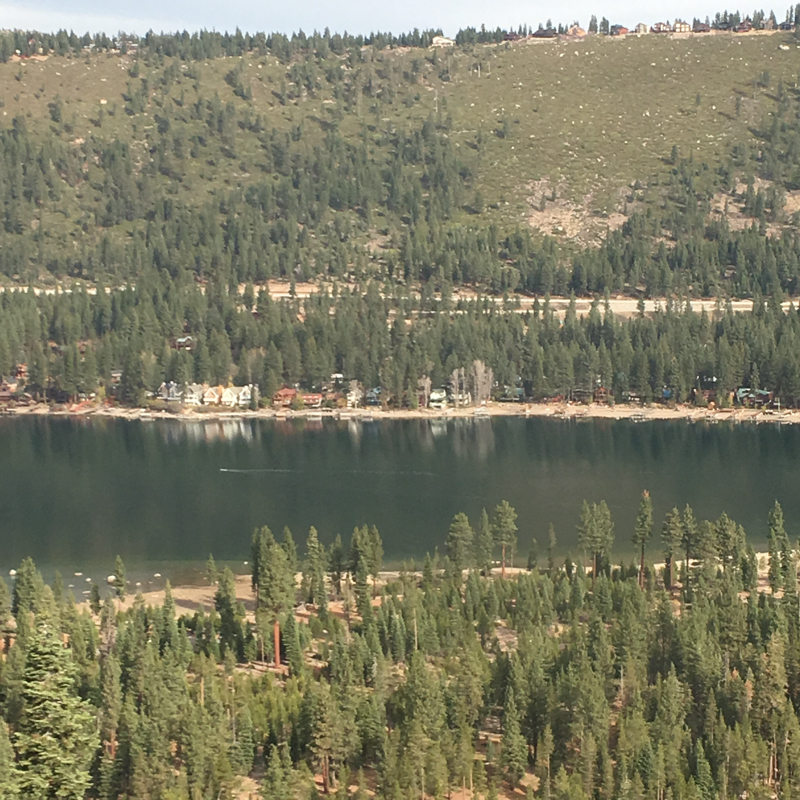
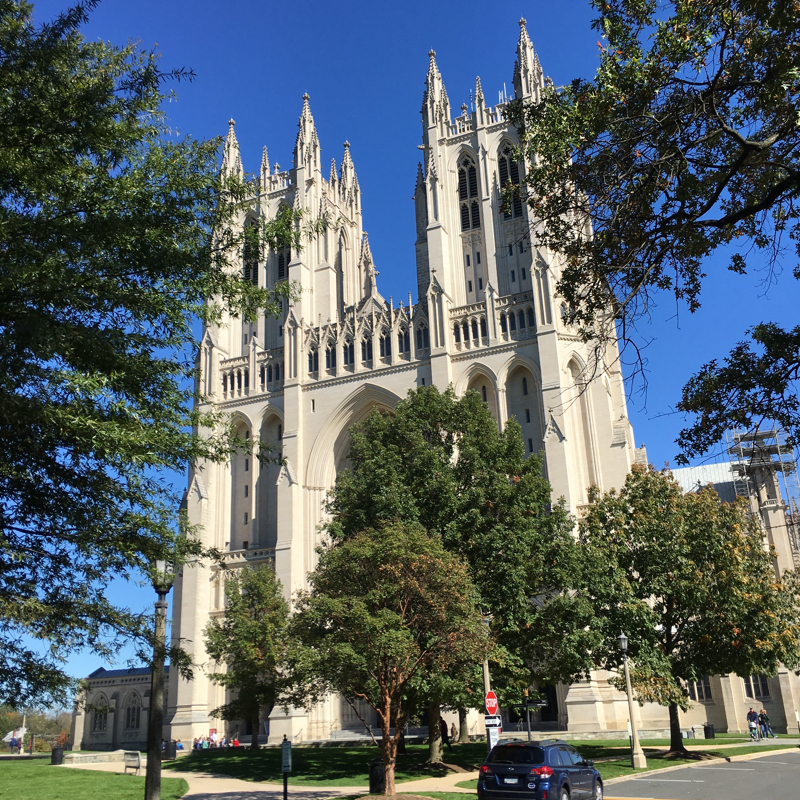
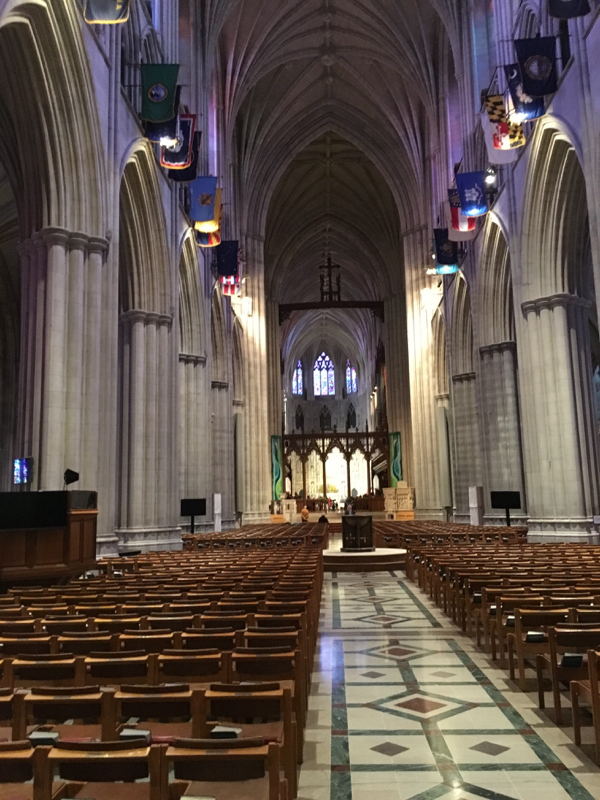
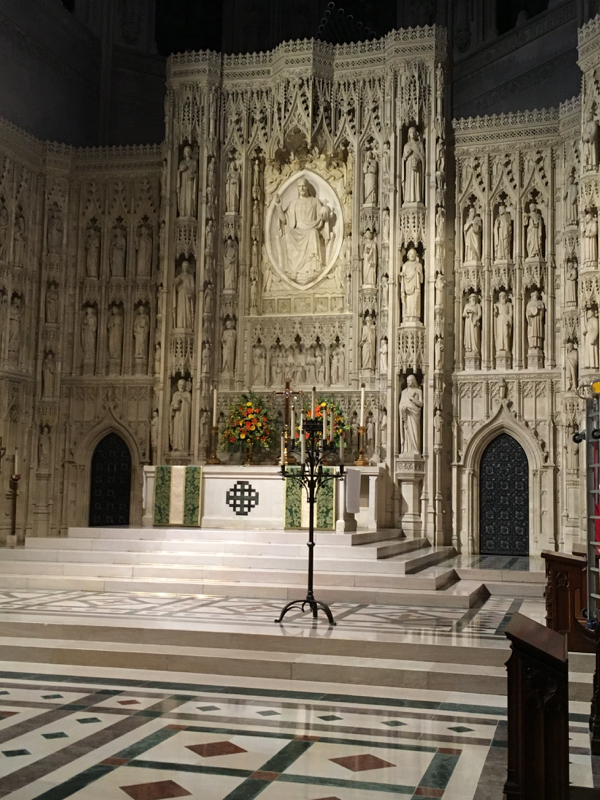
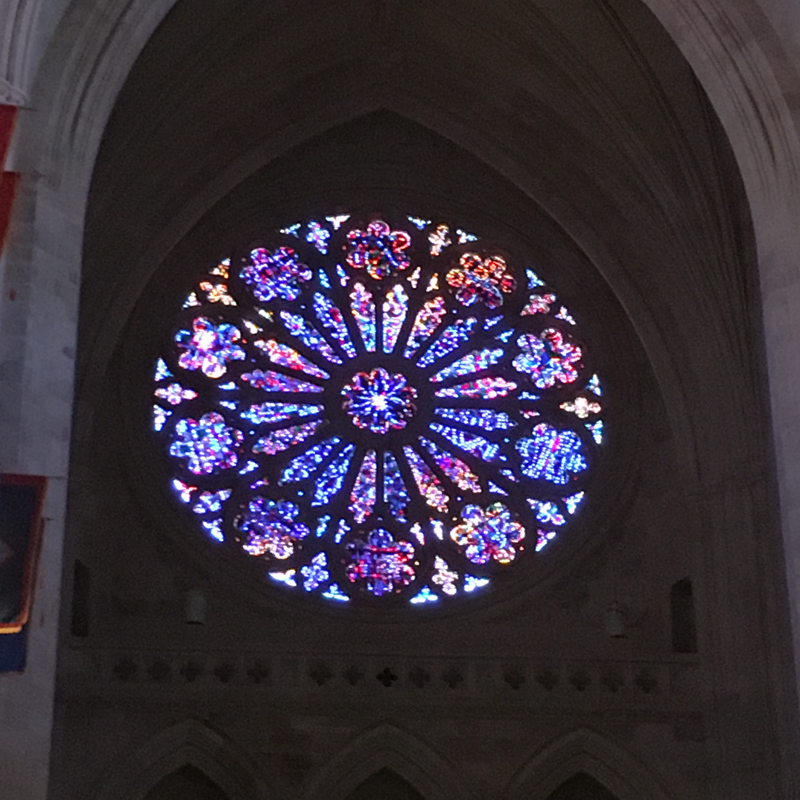
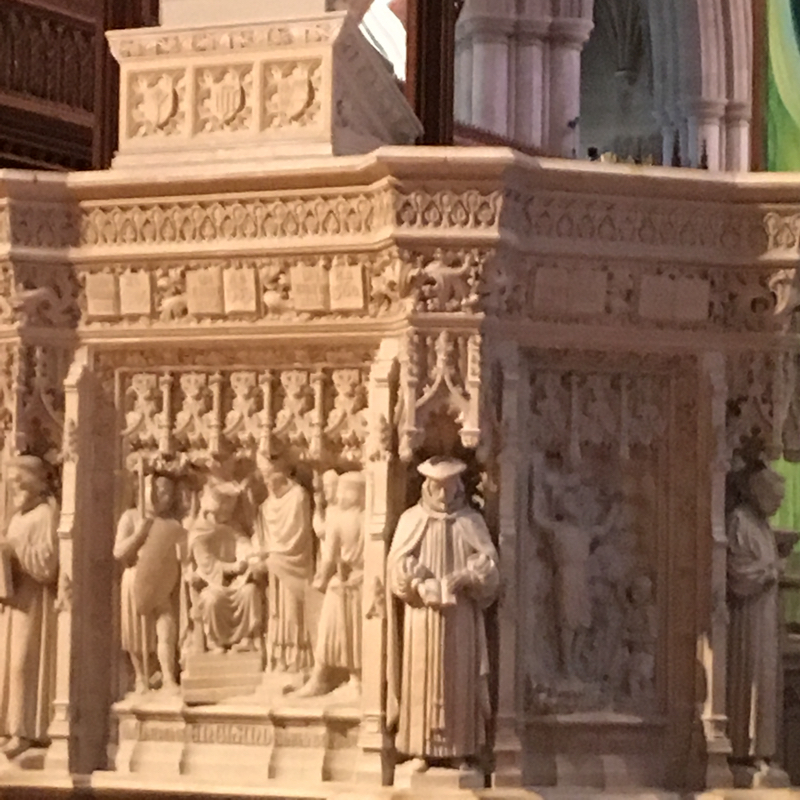
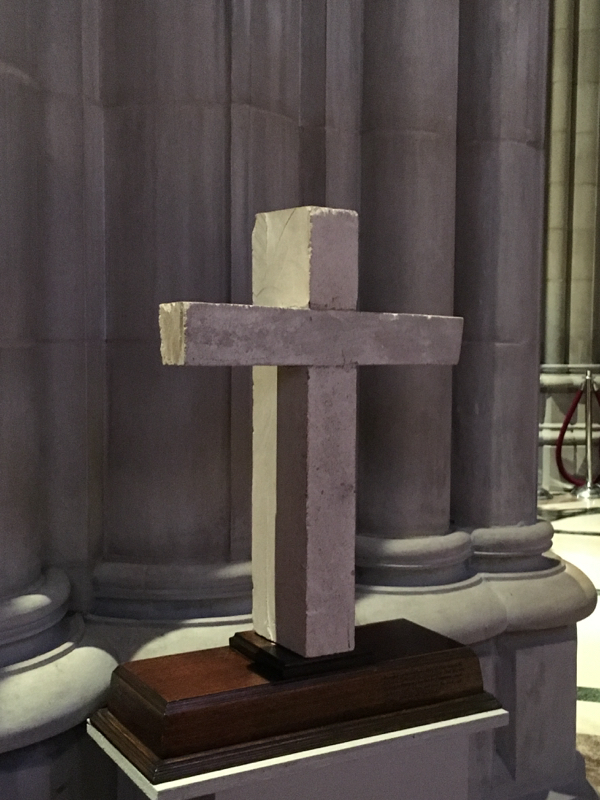
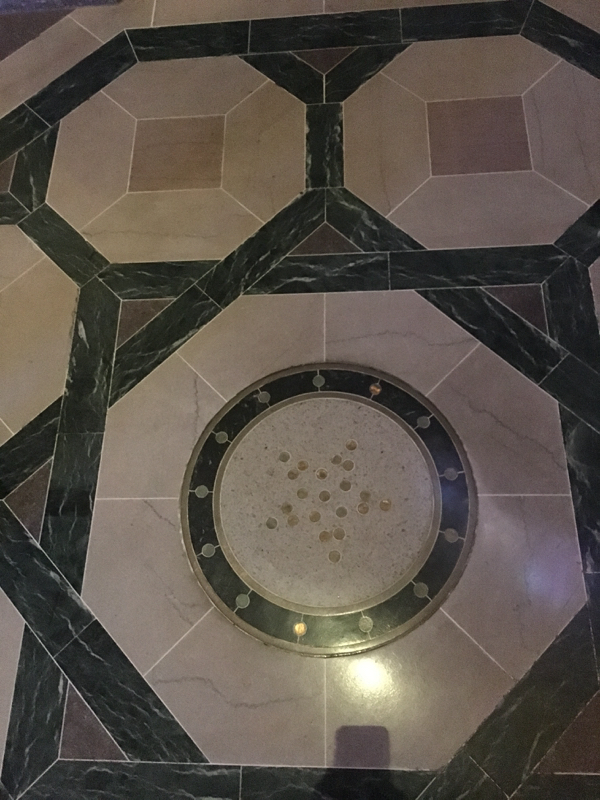
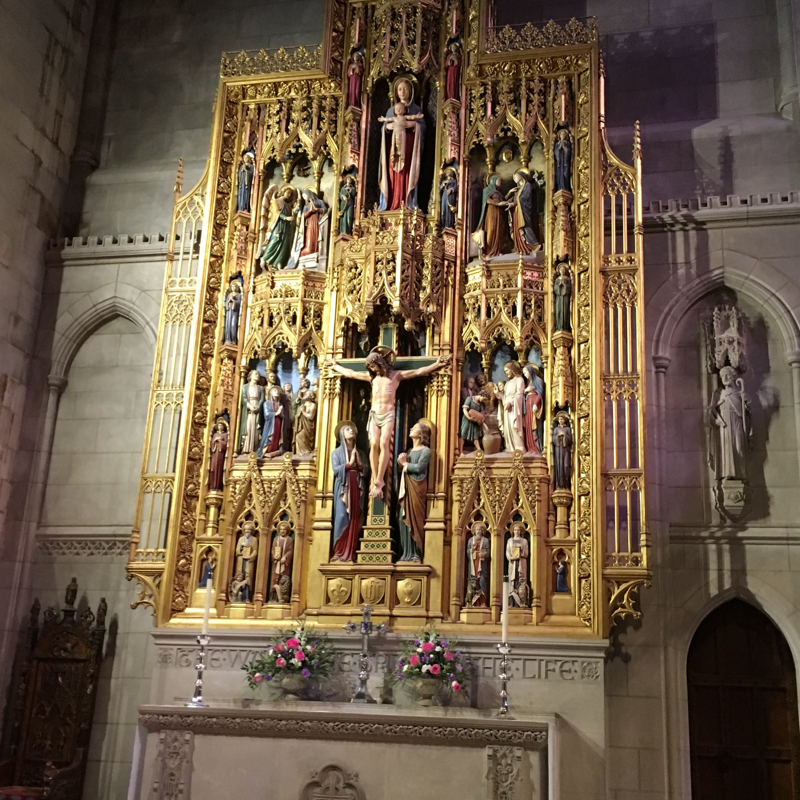
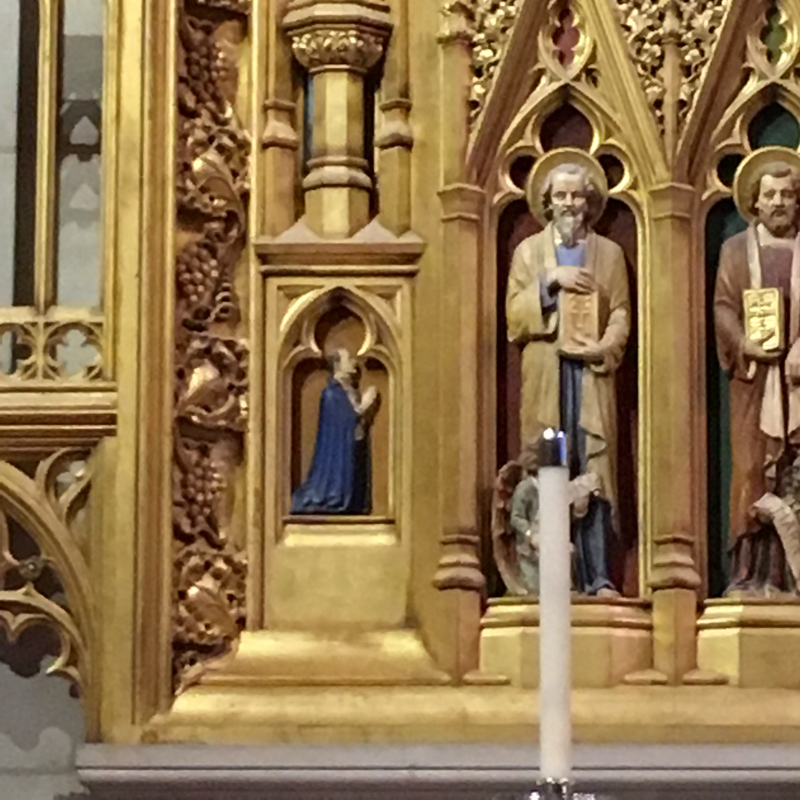
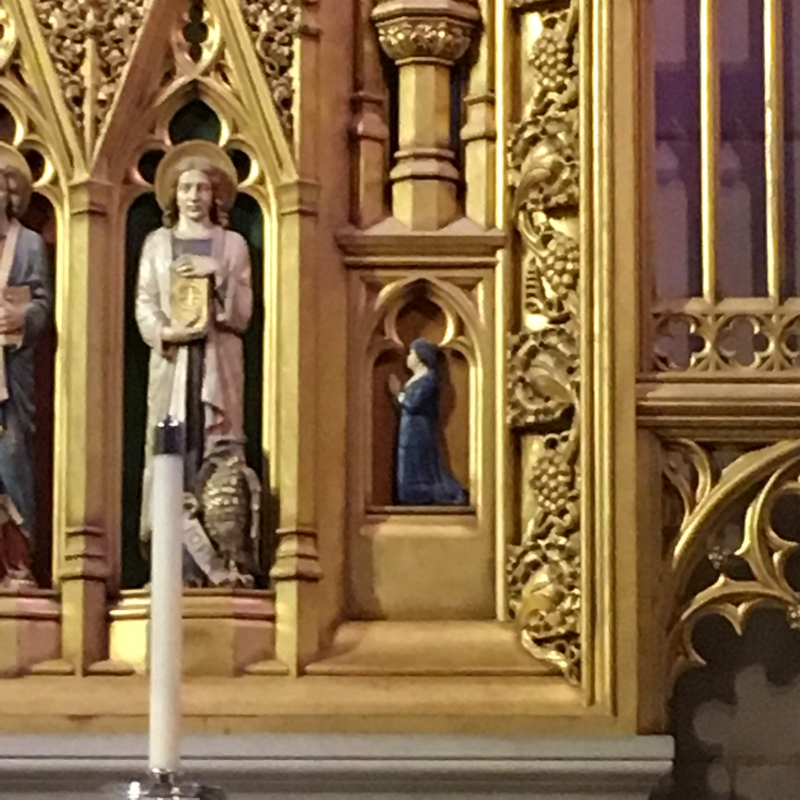
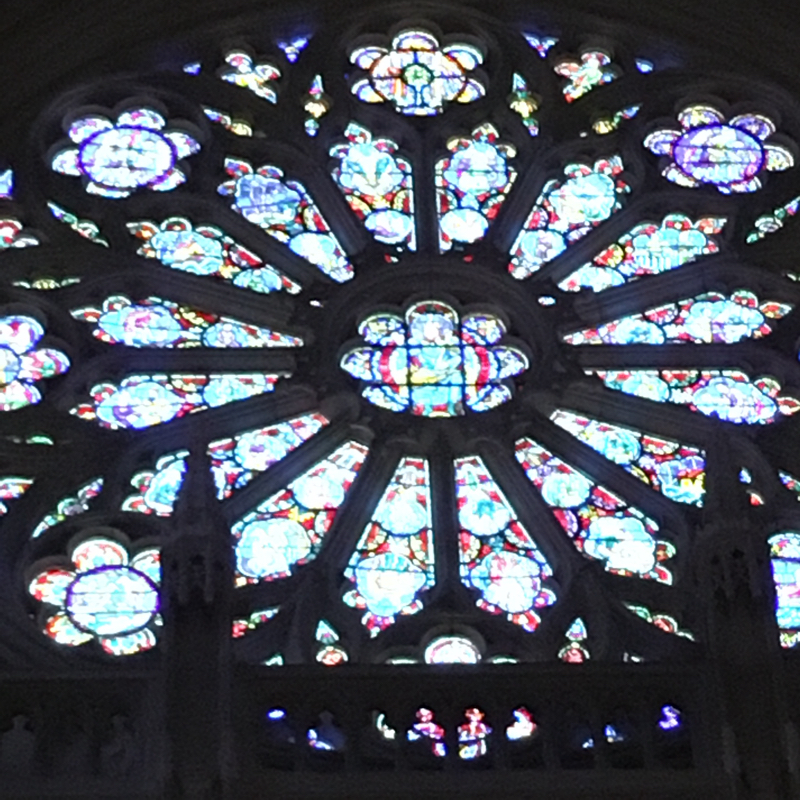
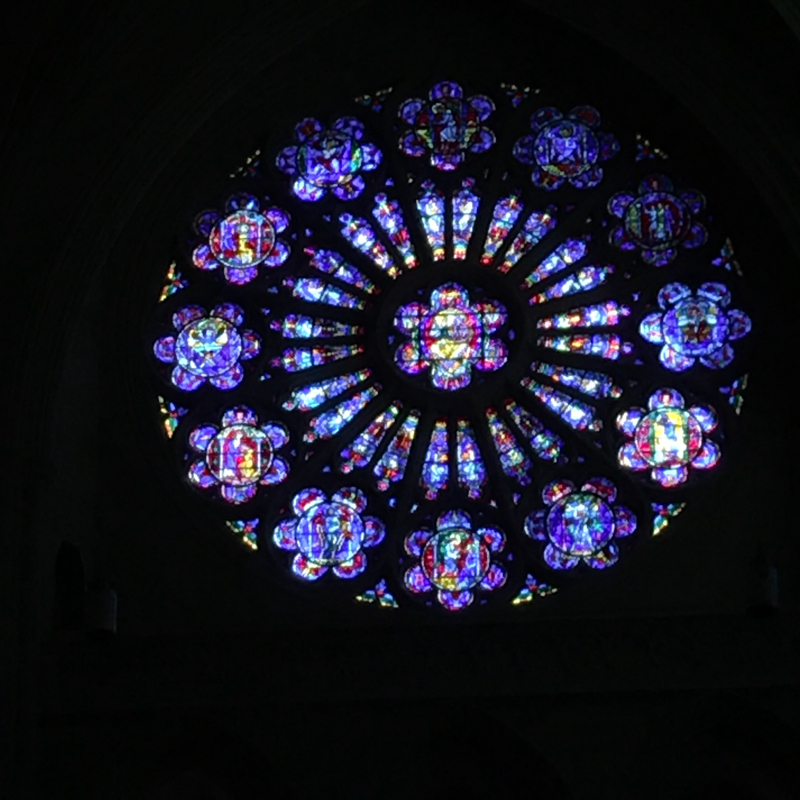
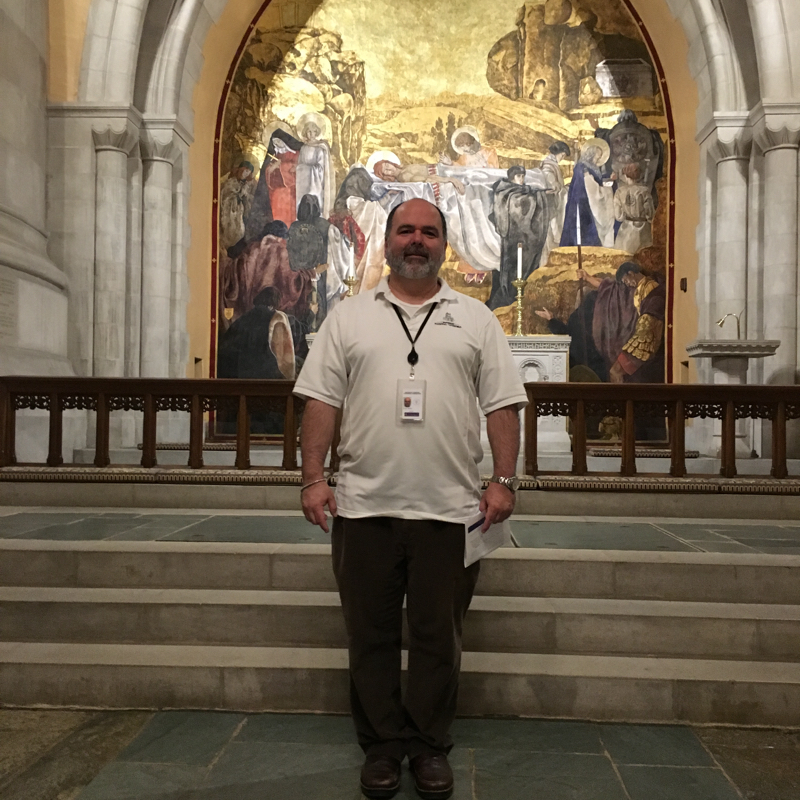
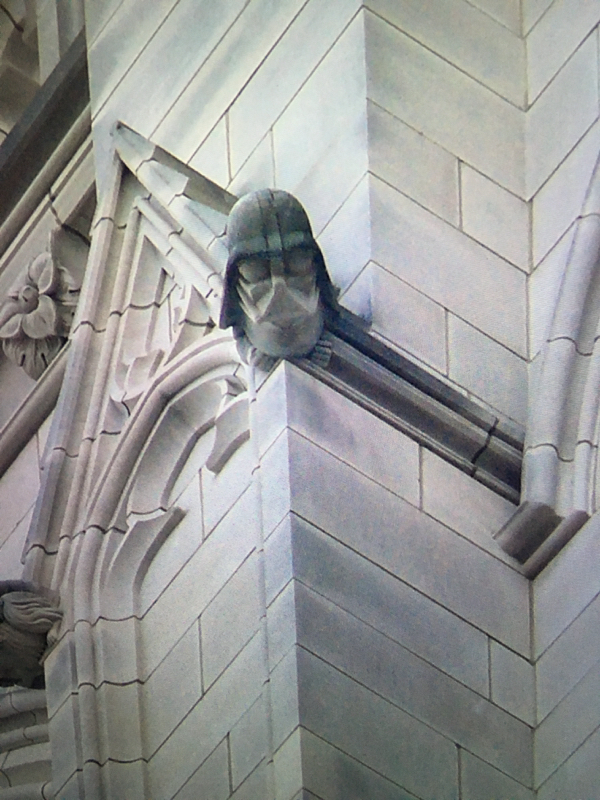
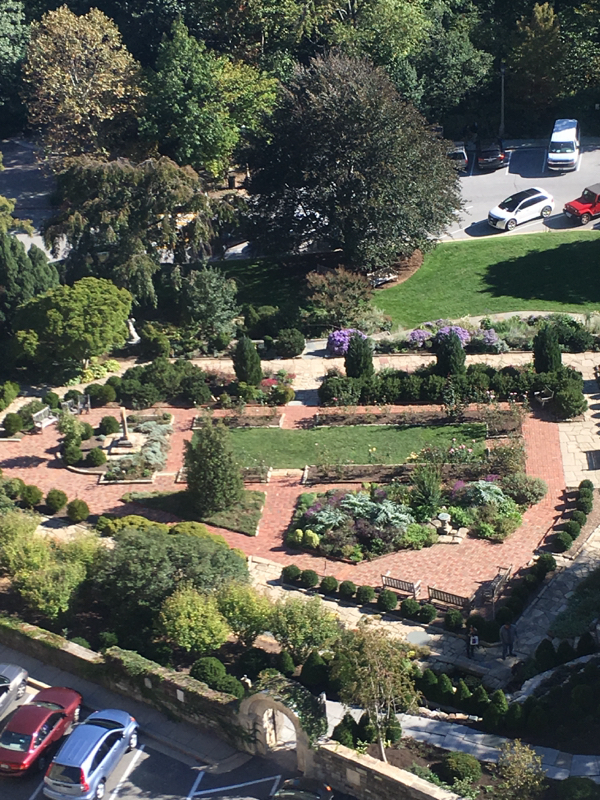
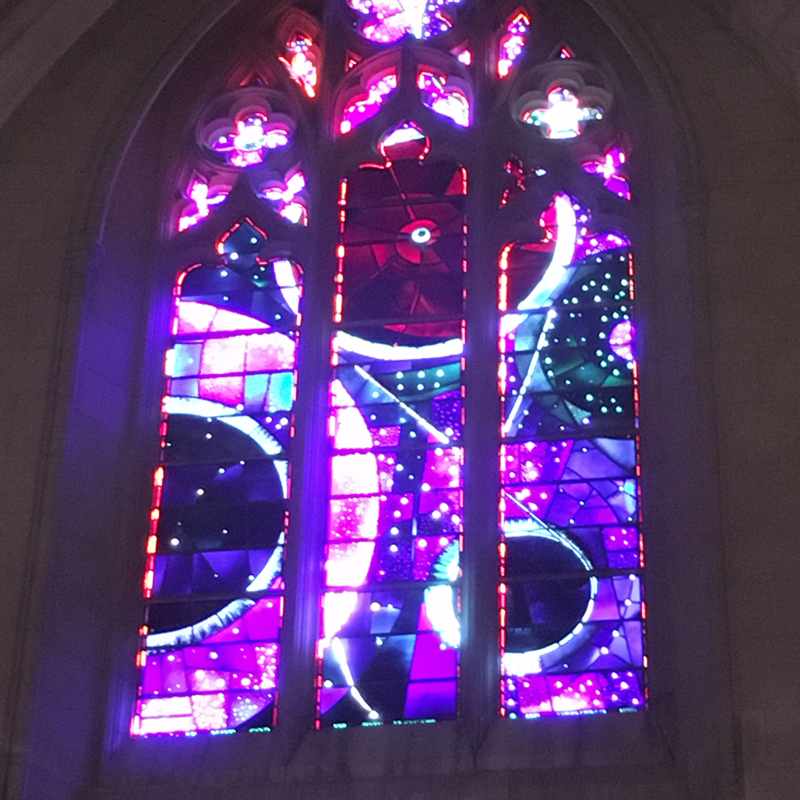
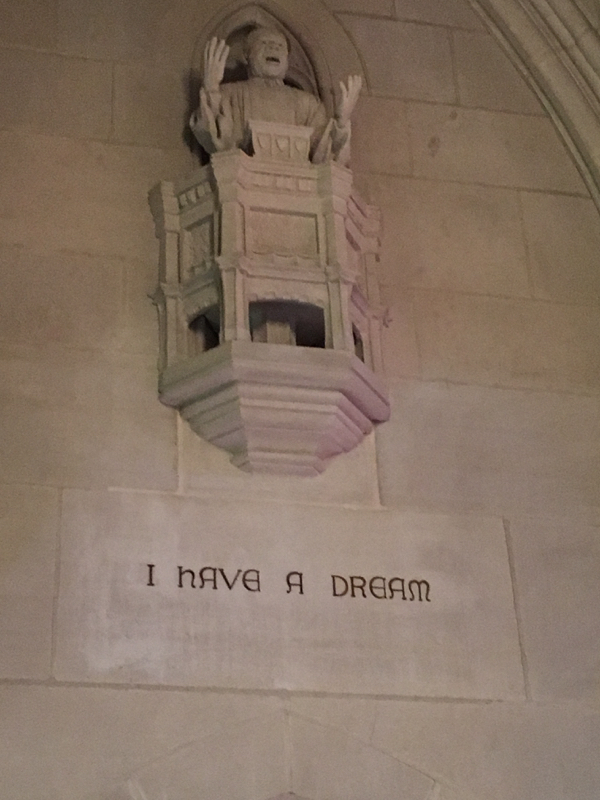
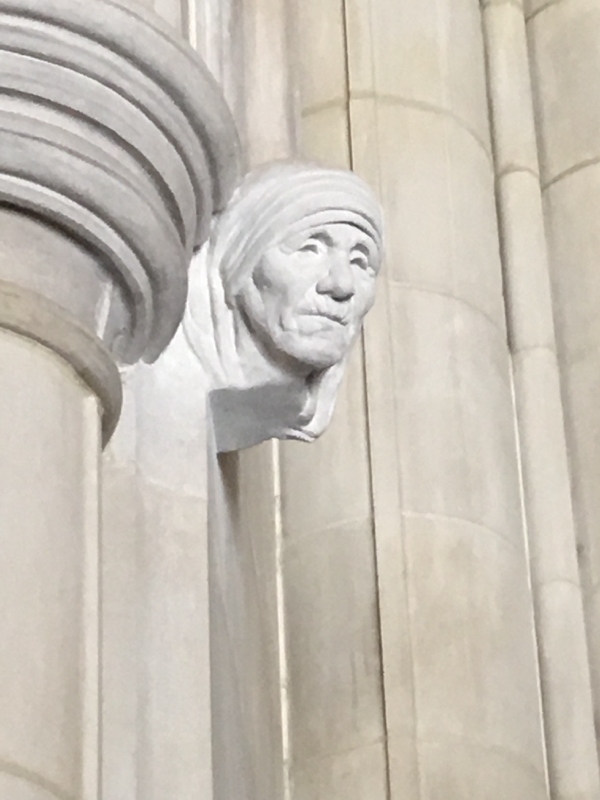
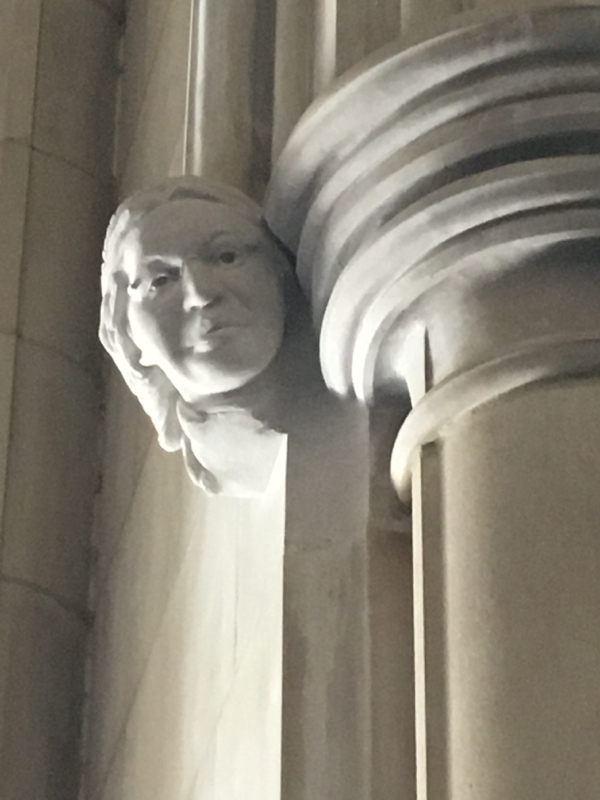
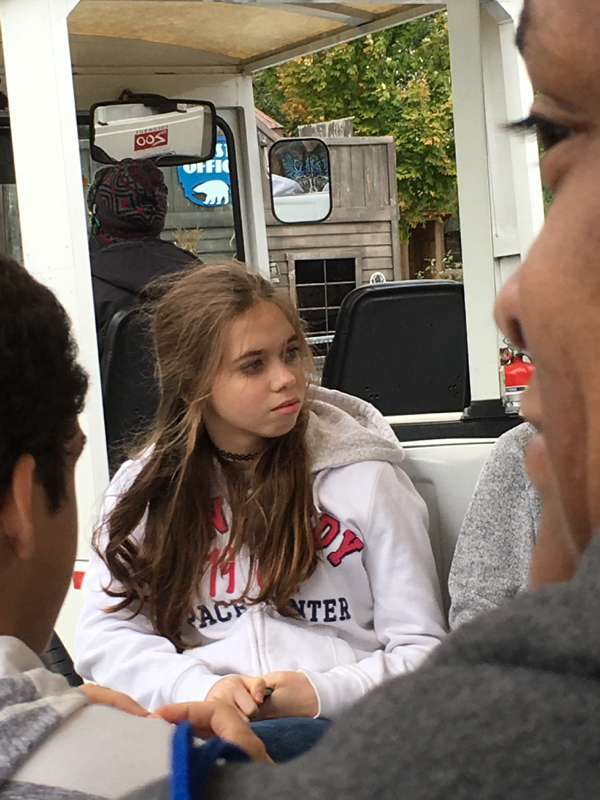
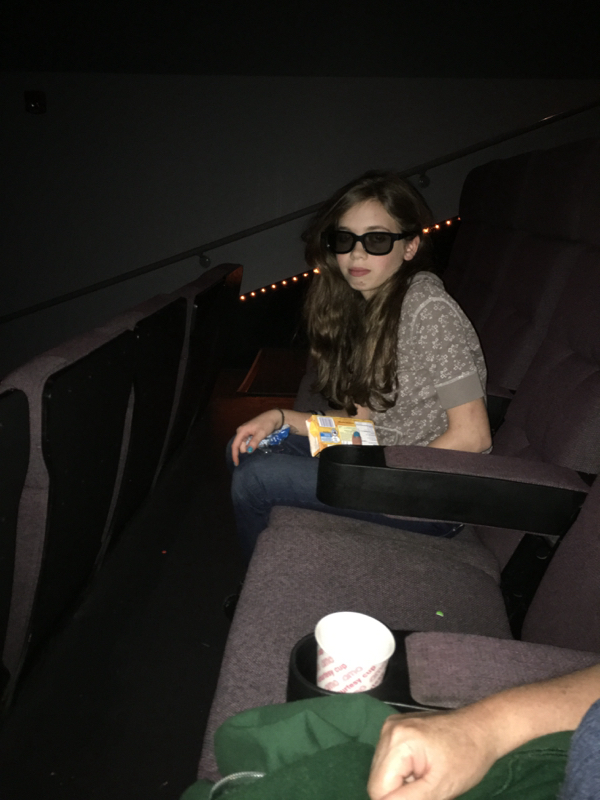
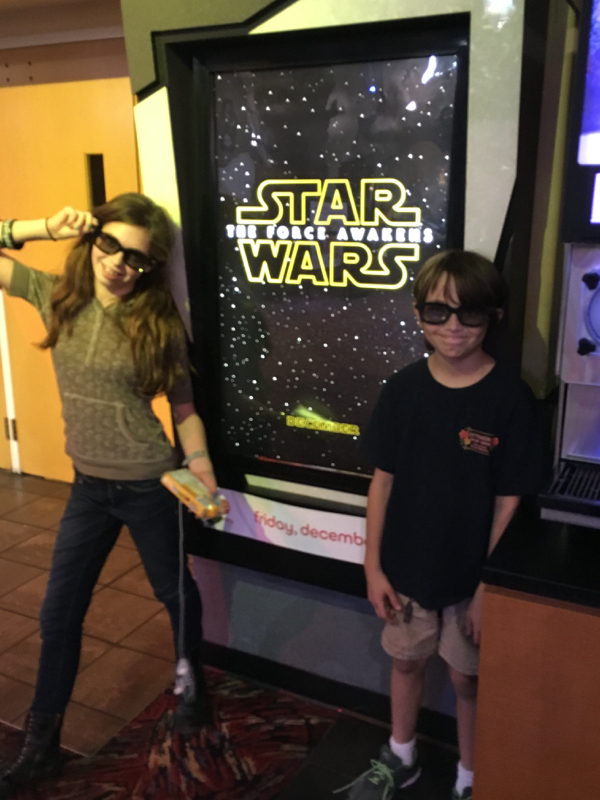
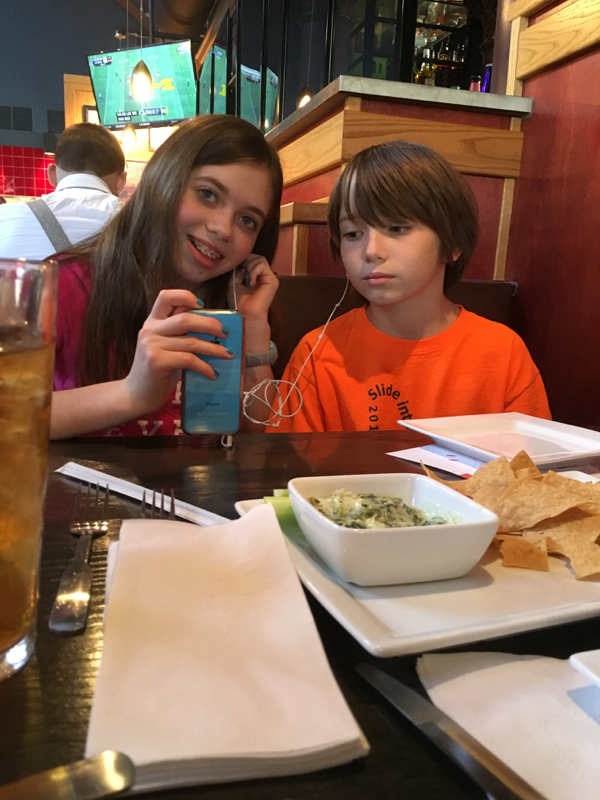
 RSS Feed
RSS Feed
